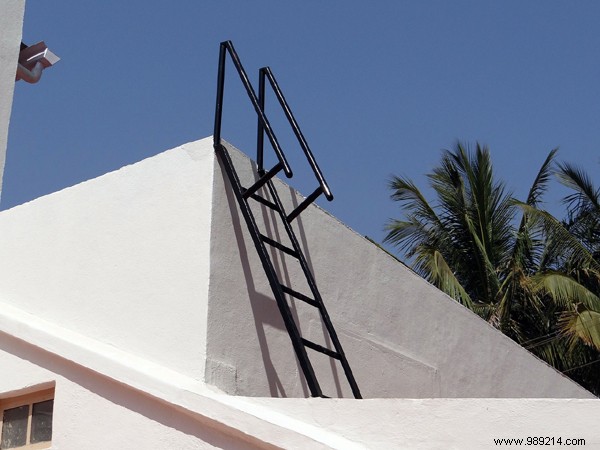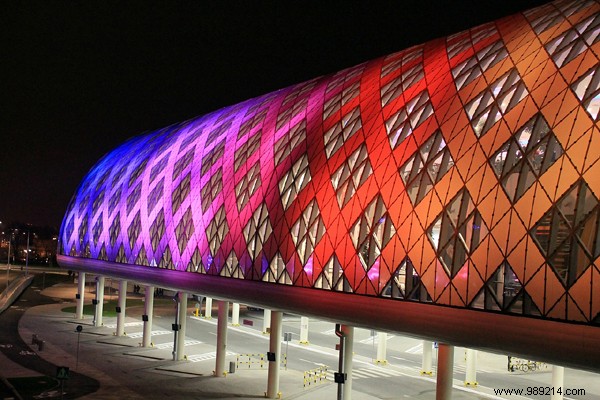
Manufacturers now offer the public all kinds of roofing models adapted to each need as well as to regional specificities. The choice depends on the place of residence as well as the desired architectural characteristics.
The flat roof is distinguished by the presence of a single section in the form of a terrace. It doesn't need a frame. A simple support is sufficient as a supporting element. This type of roof consists of a vapor barrier which prevents the penetration of humidity, a waterproof coating which prevents the infiltration of water, an independence screen, thermal insulation and of several openings. The flat roof can be accessible, in which case it becomes a terrace. It is ideal for houses where the land is too narrow to allow the construction of a terrace. Can be made of wood, sheet steel or concrete, it must have a slope of 1 to 2% to facilitate the evacuation of rainwater.
The sloping roof is one of the most popular. It is made up of several successive elements, in particular a frame, insulation, openings, roofing, screen under the roof and water drainage. In zinc, thatch, slate, tiles or even wood, the sloping roof is recommended if you want to use the attic. In this case, it is preferable to opt for a traditional frame with a slope large enough to allow access under the roof.

The rounded roof owes its success to its soft and clean lines. It offers one of the most original architectures and is appreciated for its adaptability. Particularly design, the rounded roof also makes it possible to exploit the attic which offers a fairly large area. The slope of the roof facilitates access under the roof. This type of roof can display different shapes including the arrow, the dome, the curve with cap, the double curve, the simple curve… It can be covered with sheet metal, zinc, tiles or wood. In addition, it promotes the entry of light into the house through the installation of roof windows and skylights. To build a house with such a roof, it is necessary to consult the town planning rules because some municipalities refuse this type of configuration.